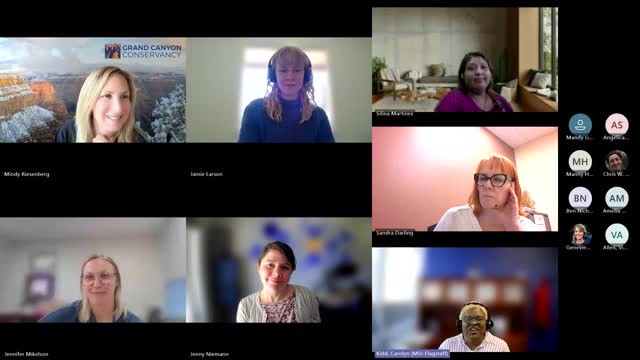Flagstaff staff outline ‘LastCap’ study identifying 50 opportunity sites and zoning changes to boost housing and climate goals
April 26, 2025 | Flagstaff City, Coconino County, Arizona
This article was created by AI summarizing key points discussed. AI makes mistakes, so for full details and context, please refer to the video of the full meeting. Please report any errors so we can fix them. Report an error »

City staff told the Commission on Diversity Awareness on April 16 that a multi-year project called LastCap (land availability and suitability study plus code analysis) has identified roughly 50 “opportunity sites” and a set of code concepts intended to help Flagstaff meet housing and carbon-neutrality goals.
Jen Michelson, housing planning manager, said the project grew from the city’s 10-year housing plan and its Carbon Neutrality Plan. “We wanted to look at our codes, our development code specifically, to see how they are getting in the way of increasing housing production and greener infrastructure,” Michelson said.
Consultants’ work included a land inventory that flagged city-owned and privately held parcels with infill potential, and a code diagnostic that interviewed frequent code users and developers. Staff said the diagnostic found that multiple code requirements — low density maximums, parking, landscaping, slope and tree protections and open-space rules — combine to limit the amount of buildable area on a site.
Planned prototype modeling showed a common outcome: constrained development often produces larger, more expensive units across housing types. Michelson said the city’s target — that 10% of new development be affordable — remains a planning goal included in the team’s analysis.
Staff presented a menu of options to address identified barriers: reducing parking requirements; increasing allowable densities in targeted areas; streamlining development review; and other code-level changes. The consultants also flagged choices that will require community discussion, such as narrower street standards and where denser development is appropriate.
Commissioners asked for concrete examples and implementation timelines. Michelson said staff will continue outreach, including a City Council work session May 6 and a larger community conversation planned for early summer. The consultants will use community direction to draft final code amendment recommendations; staff said zoning-code changes and other amendments would then be brought forward for adoption in subsequent planning cycles.
No vote was taken. Staff encouraged commissioners and community members to review project web materials and to request follow-up one-on-one briefings if they want to dig into technical findings.
Jen Michelson, housing planning manager, said the project grew from the city’s 10-year housing plan and its Carbon Neutrality Plan. “We wanted to look at our codes, our development code specifically, to see how they are getting in the way of increasing housing production and greener infrastructure,” Michelson said.
Consultants’ work included a land inventory that flagged city-owned and privately held parcels with infill potential, and a code diagnostic that interviewed frequent code users and developers. Staff said the diagnostic found that multiple code requirements — low density maximums, parking, landscaping, slope and tree protections and open-space rules — combine to limit the amount of buildable area on a site.
Planned prototype modeling showed a common outcome: constrained development often produces larger, more expensive units across housing types. Michelson said the city’s target — that 10% of new development be affordable — remains a planning goal included in the team’s analysis.
Staff presented a menu of options to address identified barriers: reducing parking requirements; increasing allowable densities in targeted areas; streamlining development review; and other code-level changes. The consultants also flagged choices that will require community discussion, such as narrower street standards and where denser development is appropriate.
Commissioners asked for concrete examples and implementation timelines. Michelson said staff will continue outreach, including a City Council work session May 6 and a larger community conversation planned for early summer. The consultants will use community direction to draft final code amendment recommendations; staff said zoning-code changes and other amendments would then be brought forward for adoption in subsequent planning cycles.
No vote was taken. Staff encouraged commissioners and community members to review project web materials and to request follow-up one-on-one briefings if they want to dig into technical findings.
View full meeting
This article is based on a recent meeting—watch the full video and explore the complete transcript for deeper insights into the discussion.
View full meeting
